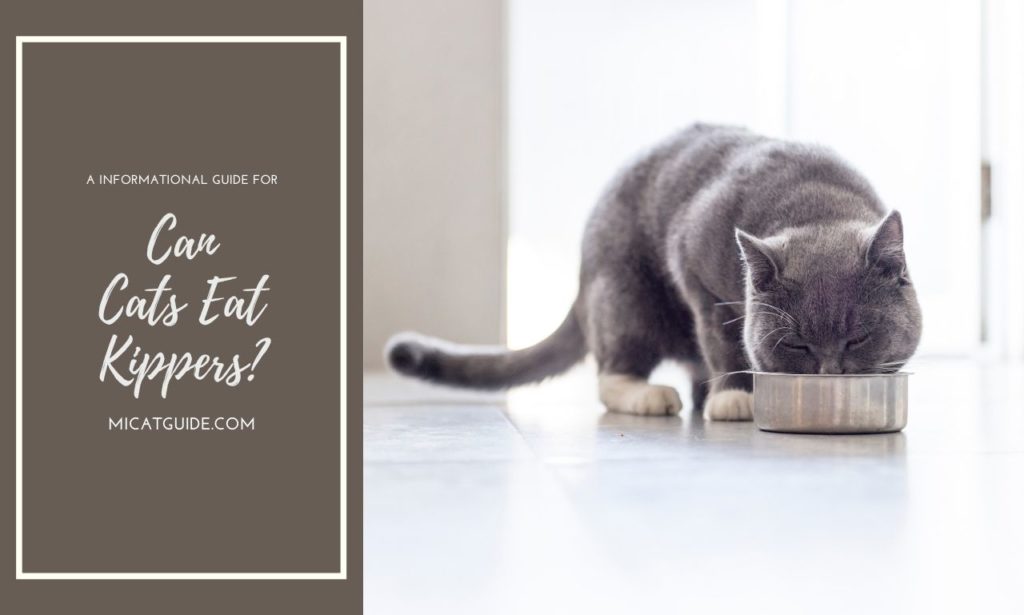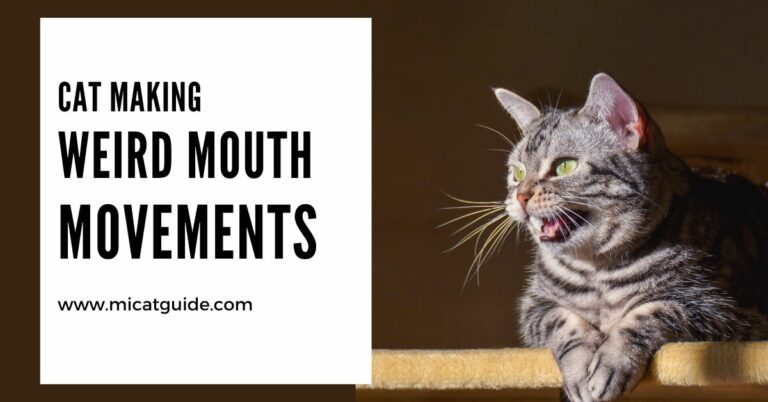Can Cats Eat Kippers? (with some alternatives)
There are many different types of seafood that cats can eat, but not all of them.
So what is the nutritional value and risks associated with feeding your cat kippers? This article will help you find out more about kippers for cats and whether or not it’s a good idea to feed them to your feline friend.
The best way to start is by looking at what kippers are made from, how much they should be given, where you can find them, and any other alternatives that might work instead. Whether raw or cooked, this article has everything you need to know about feeding your cat kippers!
What is The Nutritional Value of Kippers for Cats?
Kippers are a type of smoked herring, and like all fish, they are a good source of protein. Here I’ll take a look at the nutritional value of kippers for cats, and how they compare to other types of seafood that are good for felines.
Protein is essential for cats as it helps to maintain muscle mass and support their growth and development. Kippers are an especially good source of protein, containing around 25 grams per 100 grams. This is more than both tuna (22 grams) and salmon (18 grams), making them a popular choice for cat owners looking to add some variety to their pet’s diet.
Kippers also contain high levels of omega-3 fatty acids, which are beneficial for cats’ skin and coat. They can also help to reduce inflammation in the body, making them a great choice for cats with allergies or joint pain. Overall, kippers are a very nutritious food for cats and can be a great addition to their diet.
Can Cats Eat Kippers?

Yes, cats can eat kippers. In fact, they are a great source of protein and omega-3 fatty acids, which can be beneficial for your cat’s health.
However, it is important to make sure that kippers are properly cooked before feeding them to your cat. Raw or undercooked fish can contain harmful bacteria that can make your cat sick.
What Are The Benefits of Feeding My Cat Kippers?
Here are some benefits of feeding your cat kippers:
- Kippers are a good source of protein, containing around 25 grams per 100 grams.
- They are also high in omega-3 fatty acids, which can help to reduce inflammation in the body and improve your cat’s coat and skin health.
- Kippers are a relatively inexpensive seafood option, making them a great way to add variety to your cat’s diet without breaking the bank.
Are There Any Risks Associated with Feeding My Cat Kippers?
Here are some potential risks associated with feeding your cat kippers:
- Raw or undercooked kippers may contain harmful bacteria that can make your cat sick.
- Kippers may also contain high levels of mercury, which can be toxic to cats.
How Can I Incorporate Kippers Into My Cat’s Diet?
If you’re looking for ways to add kippers to your cat’s diet, here are a few ideas:
- Kippers can be served as a whole fish, or you can chop them up into smaller pieces.
- They can be added to wet food or dry food, or you can give them to your cat as a standalone snack.
- Kippers can also be mixed with other types of seafood, such as tuna or salmon.
What Are The Best Ways to Store Kippers for Cats?
Here are a few tips for storing kippers for cats:
- Kippers can be stored in the fridge for up to three days, or in the freezer for up to six months.
- When freezing kippers, make sure to place them in an airtight container or bag.
- If you’re using fresh kippers, make sure to keep them in the fridge and use them within two days.
How Much Should I Give My Cat?
There is no set amount of kippers that is appropriate for all cats. You should always consult with your veterinarian to find out how much your cat should eat.
That being said, a good rule of thumb is to give your cat around 2-3 ounces of kippers per day.
What Are The Risks of Feeding My Cat Raw Kippers?
There are a few risks associated with feeding your cat raw kippers, such as the potential for harmful bacteria and mercury toxicity.
It is important to make sure that kippers are cooked properly before feeding them to your cat. Raw or undercooked fish can contain harmful bacteria that can make your cat sick.
Additionally, mercury is a toxic substance that can be harmful to cats in high doses. Kippers may contain high levels of mercury, so it is important to limit your cat’s intake if you decide to feed them this type of seafood.
Is it Necessary to Cook Kippers Before Feeding Them to My Cat?
Yes, it is necessary to cook kippers before feeding them to your cat. Raw or undercooked fish can contain harmful bacteria that can make your cat sick.
It is also important to remove the bones from kippers before feeding them to your cat. Bones can pose a choking hazard and may cause gastrointestinal issues if they are swallowed.
What Are Some Alternatives to Kippers for Cats?
If you’re not interested in feeding your cat kippers, here are a few alternative seafood options:
- Tuna is a good source of protein and omega-3 fatty acids, and it is also relatively affordable.
- Salmon is another great option for cats, as it is high in omega-3 fatty acids and vitamin B12.
- Shrimp is a tasty and nutritious seafood choice that is low in calories and fat. Crab is a versatile seafood that can be served cooked or raw, and it is also high in protein and omega-3 fatty acids.
Closing Thoughts
Kippers can be a healthy and affordable addition to your cat’s diet. However, there are a few risks associated with feeding kippers to cats, such as the potential for harmful bacteria and mercury toxicity.
It is important to cook kippers properly and remove the bones before feeding them to your feline friend. There are also a few alternative seafood options that you can consider if you’re not interested in feeding your cat kippers.






